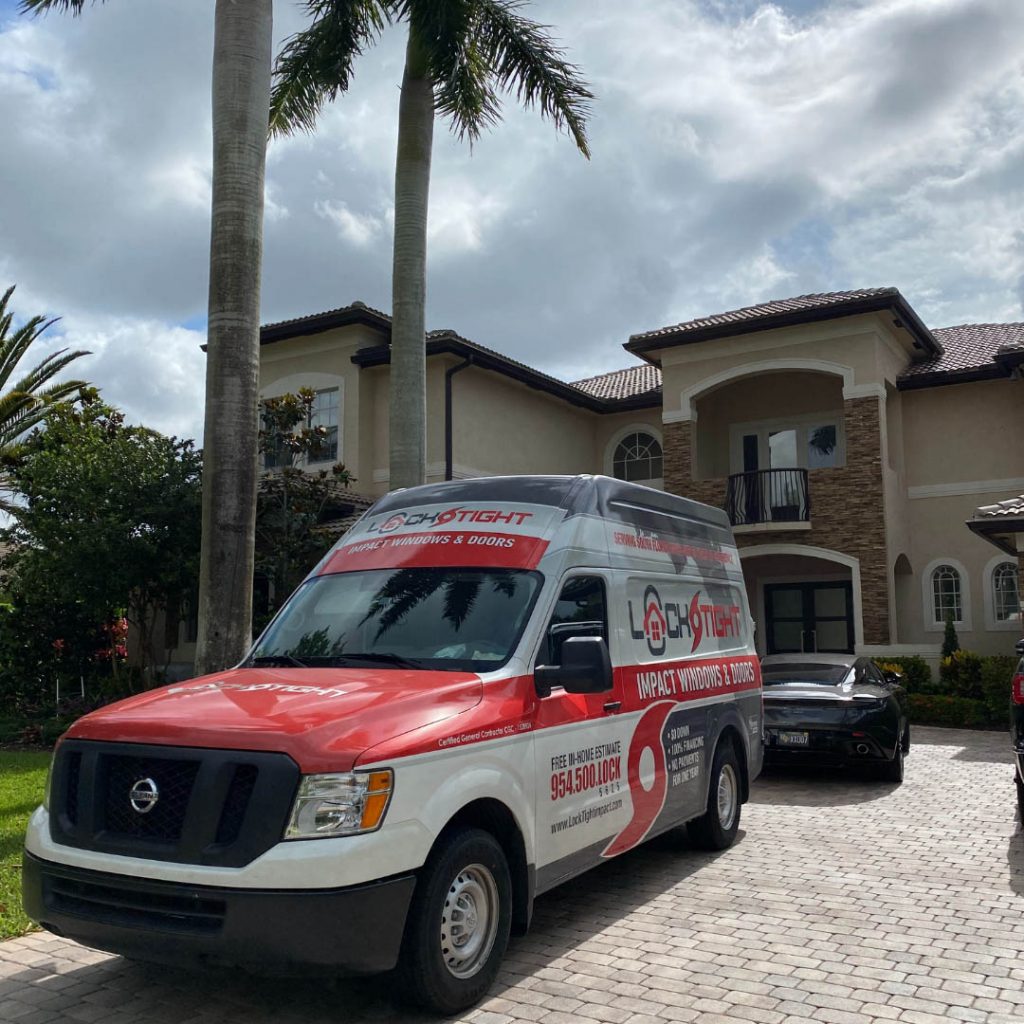You might automatically blame the window when condensation builds, but that is not the case. Condensation is a sign that the doors and windows are functioning properly. More humidity is actually retained by windows that are more tightly sealed. The humidity in your home increases when the drafts in your windows are closed.
When nearby humid air is chilled by cooler surfaces, like windows, condensation results, and the water vapor in that air turns back into liquid water. When air humidity comes into touch with a cold surface, it causes a gas to condense back into a liquid. Condensation comes in four different forms: dew, frost, fog, and clouds.
How to Stop Condensation on the Inside of Windows
Check the relative humidity in your home. It should be between 25 and 40 percent in the winter and between 50 and 70 percent at all other times. Humidity is the primary cause of condensation.
Condensation could be a cause for worry if it is present throughout the entire house. The first places to notice moisture are those that are cooler and damper, like the kitchen or bathrooms. A dehumidifier for quick seasonal shifts, is one solution for condensation, along with heavier insulation.
In the colder months, any ice that forms on the inside of the window is a sign that the window sealing around it needs to be repaired. If that doesn’t work, you could need a replacement window.
Condensation between the glass panes is most likely the result of a failed seal. Condensation happens when the seal in your window breaks, allowing vapor and fresh air inside the panes.
Another indication that there is no longer argon or krypton gas inside the glass is if condensation has entered the glass panes. A broken seal will also allow any energy-saving gas to escape through the glass, negating the window’s ability to save energy.
Is Condensation Inside Windows Bad?
Condensation isn’t a big concern, but if your windows are old or constructed of wood, it could cause mold growth, damage, or even rotting. Condensation highlights thermal bridges or weak points that indicate high humidity levels in your home.
While condensation on windows is nothing to be concerned about, it also won’t go away on its own. Long-term sitting might result in hidden issues including mildew, mold, and structure damage leading to future window replacement.
How Can I Reduce Humidity?
Utilize an exhaust venting fan in the kitchen and bathroom while keeping the doors closed to reduce humidity in your home. A tool to use to precisely gauge the relative humidity in that part of the house is a portable hygrometer. Make sure your home has a reliable ventilation system and airflow. Avoid the accumulation of moisture, which could lead to the development of mold. If this hasn’t solved your problem, you may want to contact a professional for an assessment.
Replacement Windows in South Florida
Your window frames will get warped or water damaged if condensation is allowed to persist for an extended period of time. Allowing moisture on your windows might lead to more damage in other areas of your house. Damage to the insulation or wall discoloration from this could result in structural harm.
You may be better off replacing your old and damaged windows if you want to experience the improved air control that comes with a brand-new, high-quality, airtight window.
You’ll not only save your energy costs but also improve the curb appeal of your house. The professionals at Locktight can examine your current windows to determine whether replacement or repair is your best option. Book a free in-home consultation with us today! Replacement windows are an investment, but Locktight is honored to be your window replacement provider. We’ll be with you every step of the process, from selection, budgeting, and installation.







